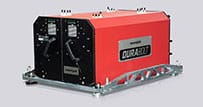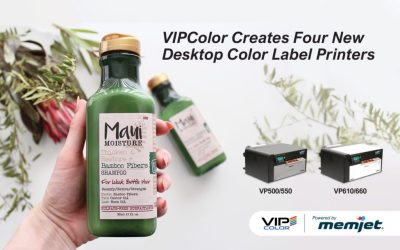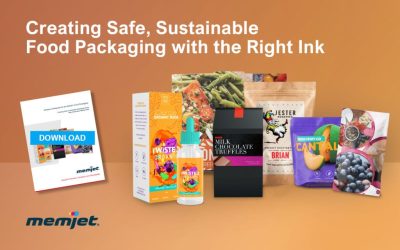With more control over production and branding, private labels are competing with big brand giants to attract the everyday conscious consumer. In our newest blog mini-series, we break down three of 2018’s fastest-growing grocery market trends to follow when creating effective product packaging and labels.
First Up: Private Labels Products
Amidst being bombarded by a constant flood of new products, grocery store shoppers are becoming more conscious consumers and paying closer attention to food labels – what they’re made of, how much they cost, and the packaging they come in. Gone are the days of store brand products being labeled as “cheap” and “low quality,” characterized by unsophisticated labels.
In 2008, the recession kicked off a distinct shift in consumer habits favoring store brands as the need for cheaper, everyday essentials grew. Ten years later, private-label brands have continued to succeed.
From 2013 to 2016 alone, total store brand sales increased by over 4.5%.
Today, private label brands – like Target’s Archer Farms, Costco’s Kirkland or Whole Foods’s 365 – generate over $120 billion in combined annual sales.
Digital inkjet printing allows private labels to personalize branding that speaks to consumers and take new product packaging from design to shelves quickly and cost-effectively.
Here are 3 emerging trends among “generic” brands:
- Niche Product Preferences: Vegan, Gluten Free, All Natural. Special diets and clean ingredient lists will continue to guide consumer needs in 2018. Grocery stores will no longer offer the standard milk, beans and bread under their private label brands but start featuring “specialty” items like almond milk and gluten-free pasta. Along with these shifts, stores need to stay aligned with industry labeling standards, placing the appropriate symbols for dietary foods and maintaining transparency about nutrition facts and ingredients. With an expanding list of label sensitive products and constantly evolving regulations, stores can benefit from in-house digital printers. Memjet digital inkjet technology makes updating and creating labels easy and affordable, helping stores maintain their quick trend to market mentality.
- Price Diversity: Grocery stores have moved beyond a strategy that banks on competitive price, only offering a single low-cost alternative. Stores are now using the power of private label brands to cater to different demographics, often selling a budget-friendly, mid-range and premium version of the same product. However, more products on the shelves mean more boxes, labels and QR codes to coincide. Digital printing allows for frequent short runs with differentiated labels at a cost that keeps even their premium options at a competitive price.
- Less is More: Today, conscious consumers prioritize not only products’ quality and price but their environmental impact as well. Beyond the product itself, packaging plays a large role in sustainability. A trend of anti-packaging is emerging, with environmentally concerned customers urging stores to do away with unnecessary plastic, Styrofoam and oversized boxes. Instead, smaller minimalist designs using recyclable materials are preferred. Inkjet technology can enable production facilities to transition to earth-friendly practices with ease. Additionally, Memjet’s aqueous inks can provide an additional layer of sustainability, eliminating harmful chemicals, like halogens, and energy-wasting steps like toning and curing.
Beyond these trends, in 2018 we’ll continue to see private labels expand and develop their product markets. Brand loyalty is no longer dictated by flashy packaging and bolded brand names – consumers value price point and quality, and are not blinded by brand name products anymore.
For a deeper dive into food labeling trends, read Memjet’s General Manager of Desktop and Mini Press Systems, Kim Beswick, blog post detailing everything you need to know to print food labels effectively in today’s changing food industry.
Be sure to check back for another trend among emerging grocery markets. We’ll dive into labeling trends for one of the industry’s most booming markets: pet food.



























